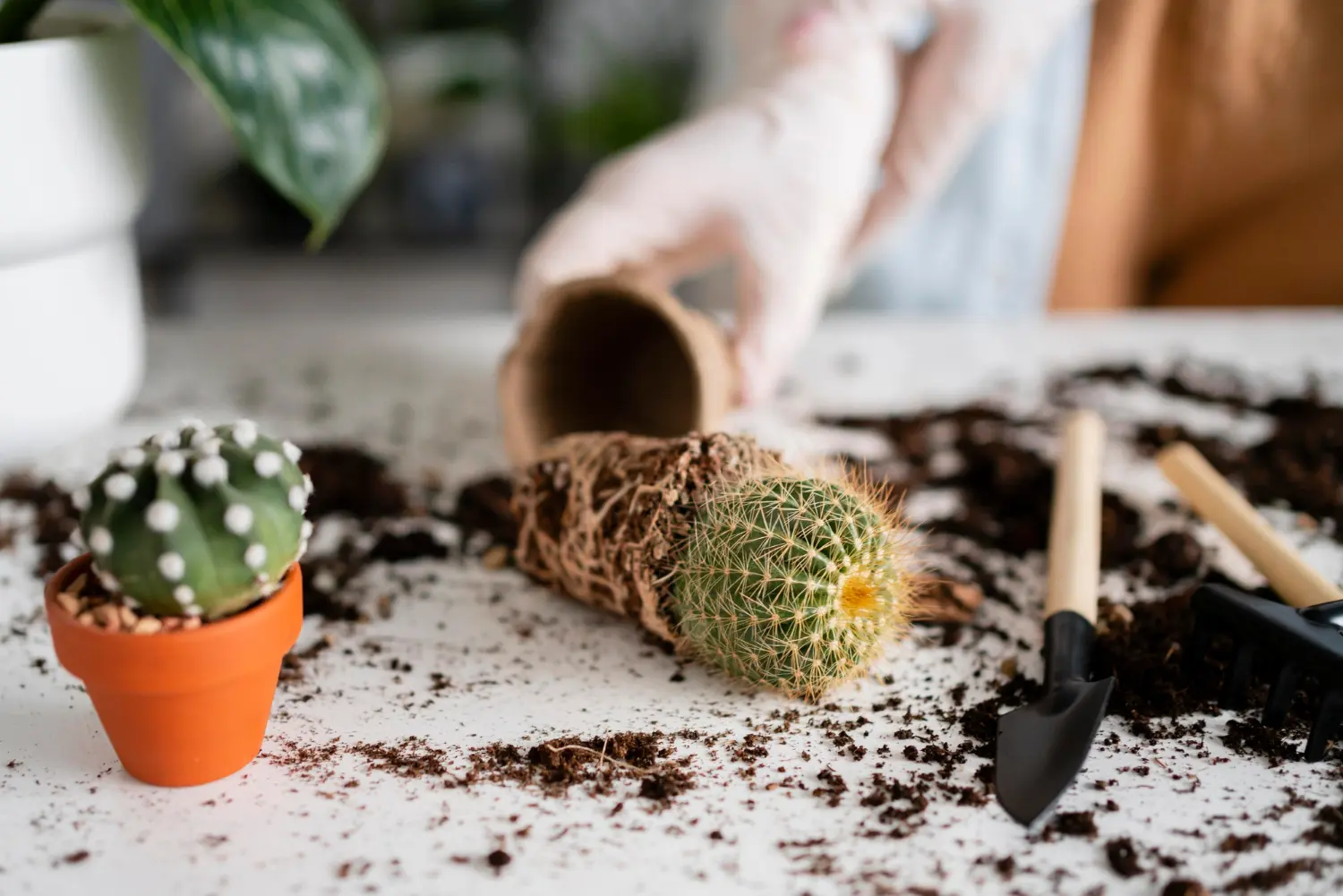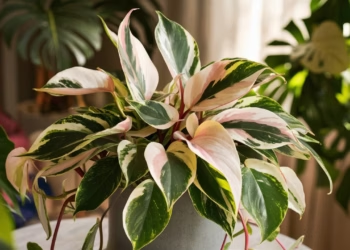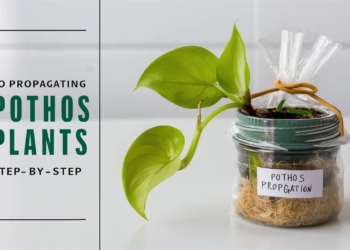Ever thought of adding a touch of the desert to your home? Cacti are not only incredibly low-maintenance but also bring a unique charm to any indoor space. Whether you’re a seasoned gardener or just starting, understanding the ins and outs of cactus plant care is key to keeping these spiky wonders thriving. Let’s dive into the complete indoor guide to cactus plant care and transform your living space into a green haven!
Table Of Contents
Choosing the Right Cactus
Types of Indoor Cacti
Before you run out to grab the first cactus you see, it’s important to know that not all cacti are created equal. Here are a few popular varieties that do exceptionally well indoors:
- Saguaro (Carnegiea gigantea): The classic cactus, though it grows very large over many years.
- Christmas Cactus (Schlumbergera bridgesii): Known for its beautiful flowers during the holiday season.
- Barrel Cactus (Ferocactus): Stays relatively small and has an iconic round shape.
- Fairy Castle Cactus (Acanthocereus tetragonus): A cluster of columnar stems, resembling a castle.
- Prickly Pear (Opuntia): Characterized by flat, paddle-shaped stems adorned with clusters of spines and colorful blooms.
Selecting Healthy Plants
When choosing a cactus, look for:
- Firmness: A healthy cactus should feel firm to the touch, not mushy.
- Color: Vibrant green or whatever color is typical for the species, without any dark spots or discoloration.
- Roots: If you can see the roots, they should be white or light tan, not brown or black.

Setting Up Your Cactus’ Home
The Perfect Pot
Choosing the right pot is crucial. Here’s what you need to consider:
- Drainage Holes: Absolutely necessary to prevent waterlogging.
- Size: A pot that’s slightly larger than the cactus allows for growth but isn’t too big to retain excessive moisture.
- Material: Terracotta pots are great because they’re breathable and help to wick moisture away from the soil.
Ideal Soil Mix
Cacti need well-draining soil to thrive. You can buy a pre-made cactus mix or make your own by mixing:
- 2 parts potting soil
- 1 part perlite
- 1 part coarse sand
This combination ensures that water flows freely through the soil, mimicking their natural desert environment.

Light Requirements
Bright Light, Please!
Cacti are sun lovers! Indoors, they need as much light as you can provide. Aim for:
- South-Facing Windows: The best spot for most cacti, offering the brightest and longest light exposure.
- Supplemental Lighting: If natural light is insufficient, consider using grow lights.
Signs of Light Issues
Watch your cactus for these signs to ensure it’s getting the right amount of light:
- Etiolation: When a cactus grows tall and thin, reaching for more light, it’s a sign of insufficient light.
- Sunburn: Brown or white spots on the cactus can indicate too much direct sunlight, especially if the plant was moved suddenly from a low-light to a high-light environment.
Watering Your Cactus
Less is More
Cacti are adapted to survive in arid environments, so overwatering is a common mistake. Here’s how to get it right:
- Water Thoroughly, Then Let Dry: Water your cactus thoroughly until water runs out of the drainage holes, then let the soil dry out completely before watering again.
- Frequency: During the growing season (spring and summer), water every 2-4 weeks. In the dormant season (fall and winter), water even less frequently, about once a month.
Signs of Overwatering and Underwatering
- Overwatering: Soft, mushy stems, and possibly a rotten smell.
- Underwatering: Wrinkled or shriveled appearance.

Temperature and Humidity
Ideal Conditions
Cacti are pretty flexible but prefer:
- Temperature: Between 65-85°F (18-29°C) during the day, and slightly cooler at night.
- Humidity: Low humidity is best, as cacti are adapted to dry environments.
Seasonal Adjustments
During the winter, many cacti go dormant. Reduce watering and keep them in a cooler spot, around 50-55°F (10-13°C), if possible. This rest period is crucial for their health and flowering cycle.
Feeding Your Cactus
Fertilizing Schedule
Cacti don’t need a lot of feeding, but during the growing season, a little boost can help:
- Type of Fertilizer: Use a balanced, water-soluble fertilizer diluted to half strength, or a cactus-specific fertilizer.
- Frequency: Fertilize every 2-3 months during spring and summer. Skip fertilizing in the fall and winter.

Repotting Your Cactus
When and How to Repot
Cacti don’t need frequent repotting, but every 2-4 years they’ll outgrow their pot. Here’s how to do it:
- Timing: Best done in the spring, when the plant is emerging from dormancy.
- Process:
- Carefully remove the cactus from its current pot, using gloves or tongs to avoid the spines.
- Gently shake off excess soil and check the roots. Trim any that are rotten or overly long.
- Place the cactus in a new pot with fresh soil mix.
- Water lightly after a week to allow the roots to settle.
Common Pests and Problems
Identifying and Managing Issues
Even the toughest cacti can encounter problems. Here are a few common ones:
- Mealybugs: Look for white, cotton-like spots. Remove with a cotton swab dipped in rubbing alcohol.
- Spider Mites: Tiny, red or brown bugs that leave webbing. Increase humidity and use insecticidal soap.
- Root Rot: Often caused by overwatering. Remove affected roots and repot in dry soil.
- Wrinkled, dry potting mix: Indicates under-watering; remedy by adjusting watering frequency.
Preventative Care
- Inspect Regularly: Check your cactus every few weeks for signs of pests or disease.
- Proper Watering: Avoid overwatering and ensure good drainage.
- Clean Environment: Keep the area around your cactus clean and free of fallen leaves or debris.

Safety Precautions
While cacti are generally safe to cultivate, it’s essential to observe precautions to prevent injuries and ensure the well-being of household members:
- Spines: Handle cacti with care, wearing protective gloves and using tools to minimize injury risk.
- Children and pets: Keep cacti out of reach, as ingestion can cause discomfort and adverse reactions.
Caring for an indoor cactus is a rewarding experience that brings a bit of the desert’s resilience and beauty into your home. With the right light, careful watering, and occasional feeding, your cactus can thrive and even bloom. Remember, the key to successful cactus plant care is to mimic their natural environment as closely as possible. Follow this complete indoor guide to cactus plant care, and you’ll have a happy, healthy cactus that adds a unique charm to your indoor space. Happy gardening!
FAQs
Does cactus need direct sunlight?
Cacti generally require plenty of sunlight to thrive. They prefer direct sunlight for several hours each day, especially during the morning and late afternoon. Placing them near a south-facing window indoors or in a sunny spot outdoors will provide the necessary light they need to grow healthily .
How often do you water a cactus?
The frequency of watering a cactus depends on various factors such as the type of cactus, the environment, and the season. As a general rule, allow the soil to dry out completely between waterings. During the growing season in spring and summer, cacti may need watering every one to two weeks. In contrast, during the dormant period in fall and winter, reduce watering to once a month or even less .
Should I spray my cactus with water?
It’s generally not recommended to spray cacti with water. Instead, water them directly at the soil level to avoid causing rot or fungal diseases on the plant. Cacti are adapted to arid environments and do not need high humidity. Overhead watering can lead to moisture accumulation in the crevices of the plant, promoting fungal growth and other issues .
What does an overwatered cactus look like?
An overwatered cactus may show signs of distress such as soft, mushy stems, yellowing or dropping leaves, and discolored or blackened spots on the plant. Additionally, the soil may remain consistently damp, and the cactus may appear bloated or swollen. Over time, overwatering can lead to root rot, which can be fatal to the cactus if not addressed promptly.










